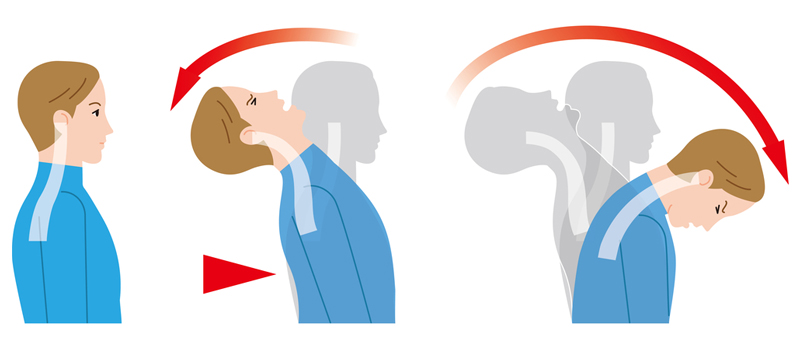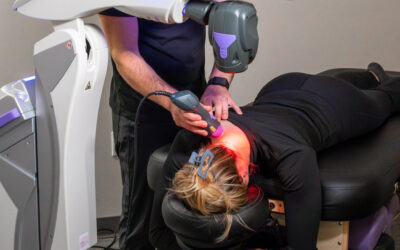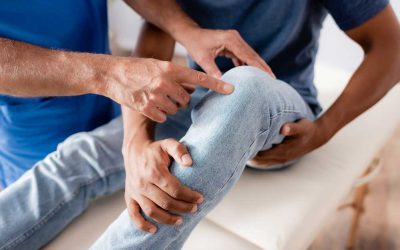The jolt of shock rushing through your body; anxiety is building; you move your toes, then your fingers. You ask yourself, “what just happened?” and then you open your eyes. Disoriented, you realize you were just rear-ended.
These are very common emotions, and if you have ever experienced a motor vehicle accident, you may have experienced something similar to this.
The purpose of this blog post is to inform you of commonalities in car accidents, many of which lead to injuries.
Vehicle collisions have a high number of incidences in the United States, meaning there is a chance you have personally been in a car accident, you will be in one, or you know someone who has been in one.
*Disclaimer* – The next chunk of information is solely to inform you. By all means, this is not a comprehensive list of injuries you can sustain from a car accident. However, the following are topics and common injuries we see as neuro-musculoskeletal specialists. Additionally, for any legal questions, we can refer you to legal counsel.
Okay, now that we have a clear direction for this topic, let’s get into some details.
Common auto accident injuries
To break it down, here is the list of common injuries due to motor vehicle accidents (MVAs):
• Whiplash
• Cervical injuries – Strain, sprain, pain, muscle spasms, tightness, tension
• Cervical disk injuries
• Temporomandibular Disorder (jaw pain)
• Post-concussive syndrome
• Shoulder pain – Including, but not limited to, glenohumeral joint, clavicular pain
• Wrist discomfort – Strains, sprains
• Rib discomfort – Strains, sprains
• Upper/Middle/Lower back pain – Strain, sprain, pain, muscle spasms, tightness, tension
• Lumbar disk injuries
• Sacroiliac pain
• Hip pain
• Knee pain
• Ankle pain
As you can see from this list, several things can go physically wrong when involved in an automobile accident.
Additionally, the onset of any of the symptoms for the conditions above – sometimes doesn’t present until up to ten days after the initial encounter of an accident.
Crazy… I know!
The two most common injuries from the list above are:
- Cervical injuries (whiplash, sprains, strains)
- Lower back injuries (lumbar injuries, sprains, strains, disk-like symptoms)
Cervical Injuries
A common way to receive cervical injuries is by experiencing a rear-end accident. Generally, when this happens, your headrest knocks the back of your head as you are getting rear-ended, and your head is forcefully flexed forward.
As you can see in the image below, the first jolt causes impact to the back of your head, and it also stretches out the muscles of the front of your neck.
Have you ever gotten into a fender bender and had a sore throat, and maybe you even experienced soreness or pain with something as simple as swallowing or drinking water?
This is likely a cause.

Every case is different when it comes to the severity and prognosis of a cervical region injury. One of the first steps is to be evaluated by a professional.
The more severe the accident, the greater chance the patient will need to have further medical tests performed.
So what do you do now?
This is where Tangelo Chiropractor + Rehab, in Seattle & Portland, comes in to help.
First, we always learn your medical history and complete a physical examination prior to providing you with a treatment plan.
Once a diagnosis is determined, we’ll discuss with you how the chosen rehabilitation exercises and chiropractic care will contribute to your fast, safe healing process.
A go-to for most (not all) cervical injuries are the following exercises:
Chin Tucks w/ Prone, Supine & Wall Variations
This is a great way to strengthen the deep neck flexor muscles of the neck.
This provides a great way to allow the secondary breathing muscles (scalenes) to relax and let your diaphragm do what it’s made to do!
Lumbar (low back) Injuries
No cervical (neck) pain? Okay! Let’s talk about lower back injuries from motor vehicle accidents.
Often, you feel like you’ve been hit by a ton of bricks. Your muscles can feel stiff, you may experience muscle spasms in your back, and even have difficulty getting out of bed, sitting, or standing.
The symptoms you experience in your lower back after a motor vehicle accident may vary and depend on the severity of the accident itself.
First things first, you need to move and transition in a neutral position with comfort before advancing exercise and ultimately protecting your lower back from further aggravation.
Meaning moving from lying to sitting, sitting to standing, and the reverse of those movements in a safe and stable way.
Doing this takes CONTROL and KNOWLEDGE regarding what hurts during specific movements and what doesn’t hurt during other movements.
This is a huge part of the process, as it provides insight into a more efficient and effective healing plan that will benefit your unique needs.
A movement therapist from Tangelo will thoughtfully guide you through this recovery process.
Here are great examples of how to find neutrality within your hips and connecting the dots to your lower back.
Once we’ve brought down the pain and have stability, we can start loading the core to help create an intraabdominal pressure to promote stability and resiliency of the lumbar spine.
Watch the video below for a great core series to help maintain lower-back stability and strength.
Talk to a Tangelo Chiropractor + Rehab Team Member
If you have questions on this topic, please let us know! We provide free, 15-minute consultations for our Seattle and Portland communities. This includes a brief history of what has been going on in your body, what you’re experiencing, and it ensures we’re the right fit for you or someone you may know.
Be well!


